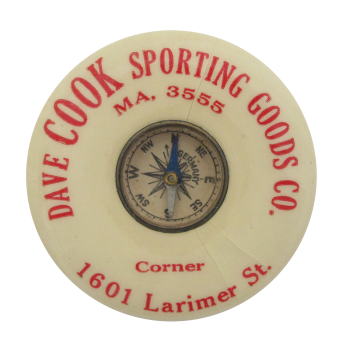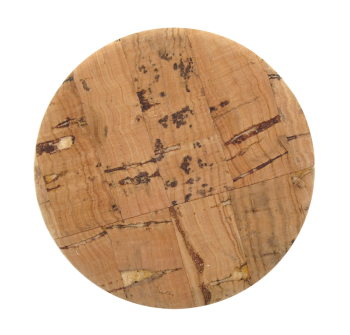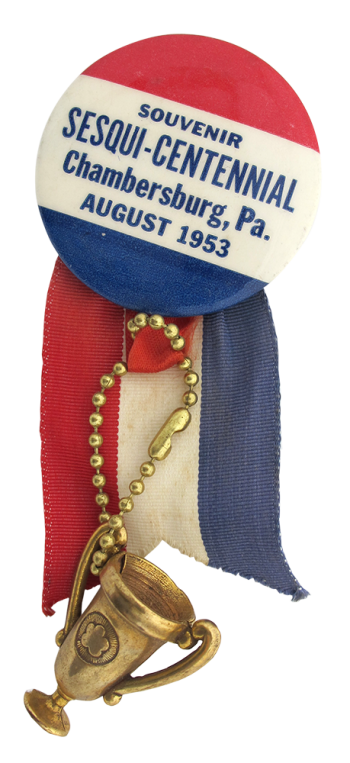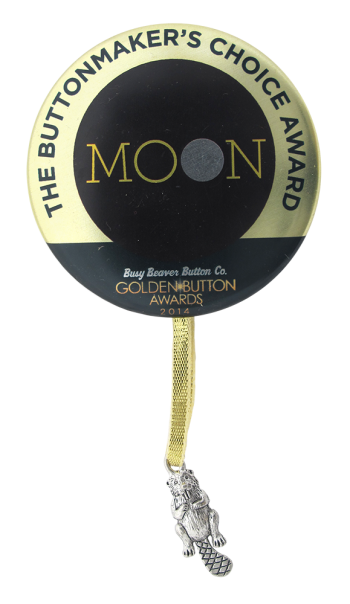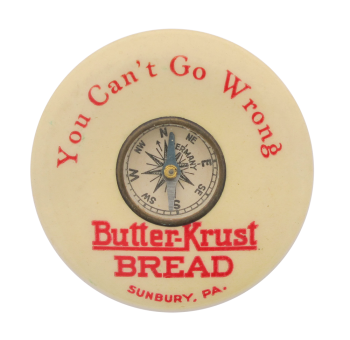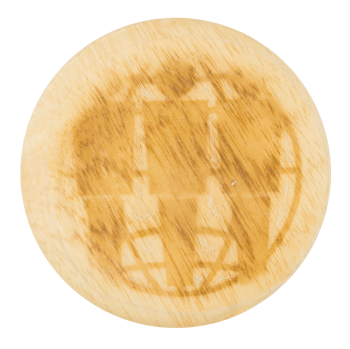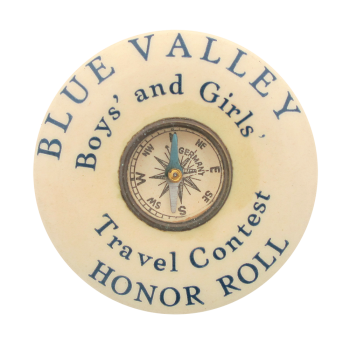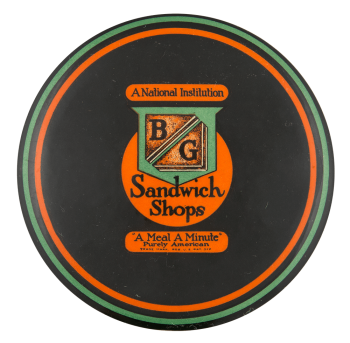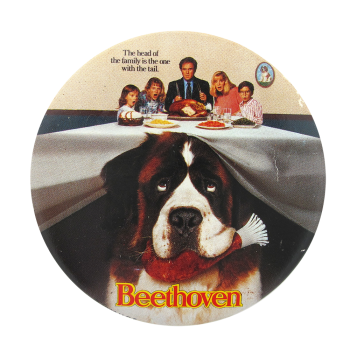Dave Cook Sporting Goods
| Category | |
|---|---|
| Additional Images | |
| Text on Button | DAVE COOK SPORTING GOODS CO. MA, 3555 Corner 1601 Larimer St. |
| Image Description | Compass nestled between red text over yellowed background. |
| Curl Text | PARISIAN NOV. CO. CHGO |
| Back Style | |
| The Shape | |
| The Size | |
| The Manufacturer | |
| Additional Information | In 1924, Dave and Max Cook opened and started the first sporting goods company in Colorado. In 1932, Dave Cook bought out his brother Max's share of the business. Dave Cook Sporting Good Company was opened in 1936 in Denver, Colorado at 1601 Larimer Street. The company gained attention from many due to the company being opened and operated by a Jewish businessman. Dave Cook Sporting Good advertisements could be seen in popular magazines such as Field and Stream and Boys Life. In 1988, Dave Cook Sporting Company was purchased from Gart Brother's Sporting Good Company for 20 million dollars. The Cook family remained employed until late 1989 when they are resigned. Gart continued to use the Cook name until the early 1990's when all store names where gradually changed to reflect Gart. |
| Catalog ID | IN0069 |

